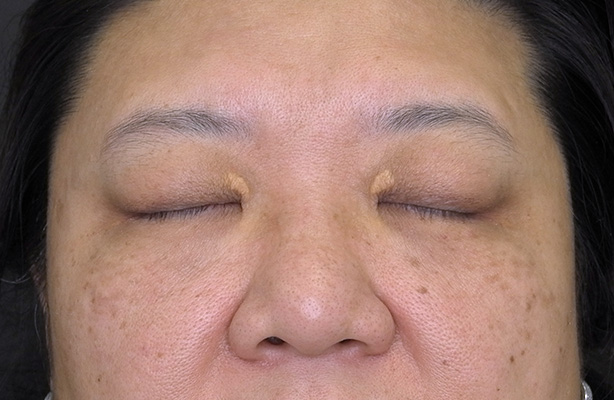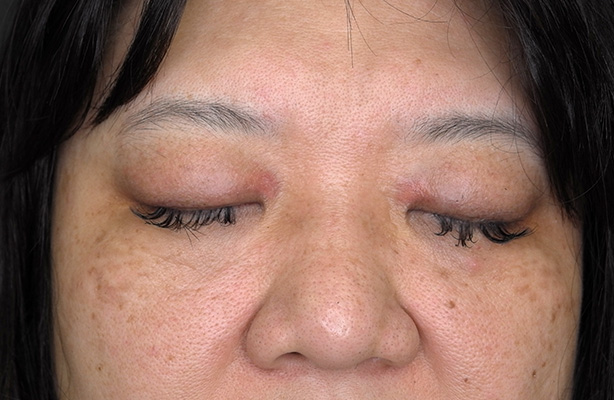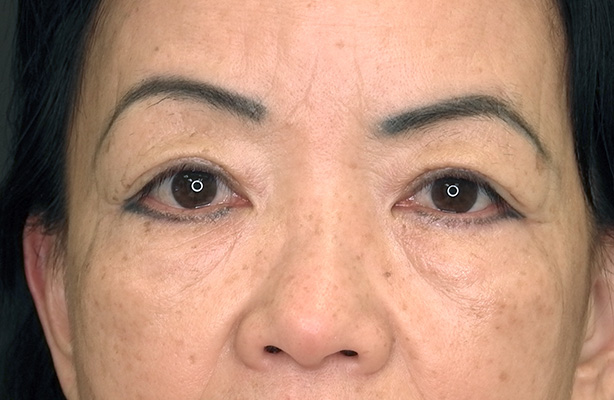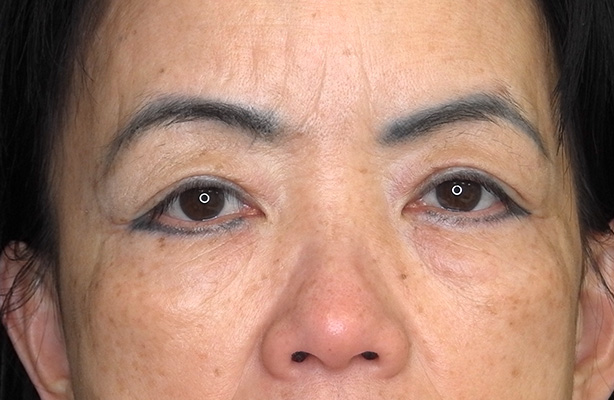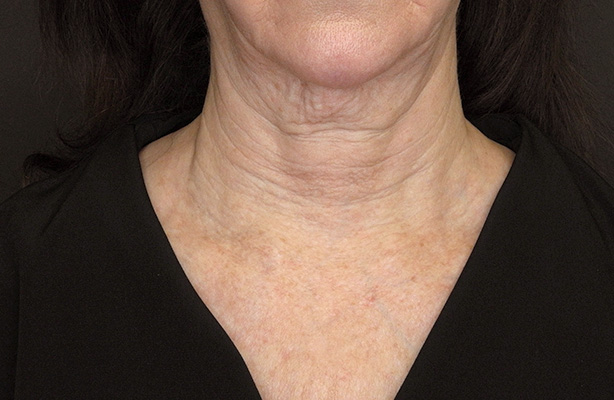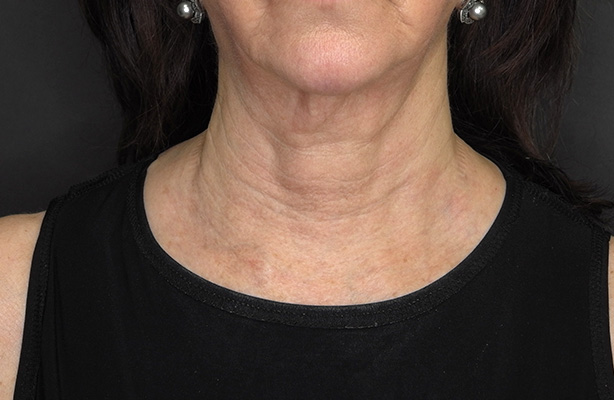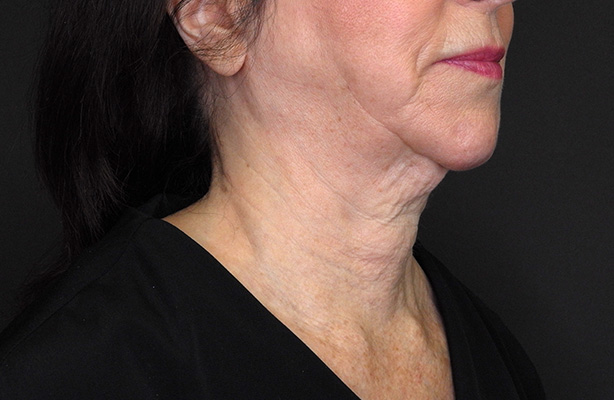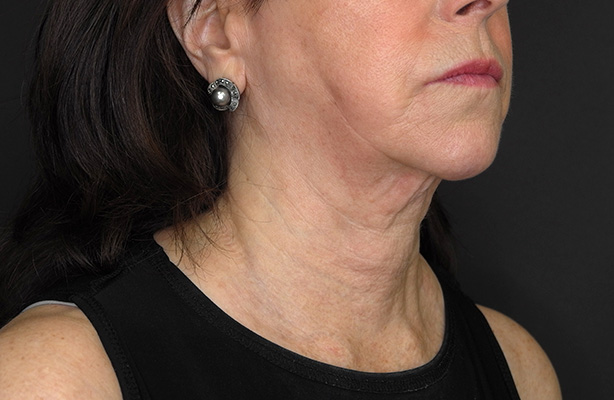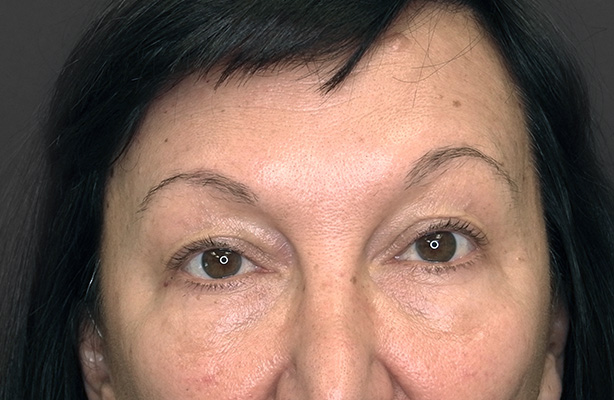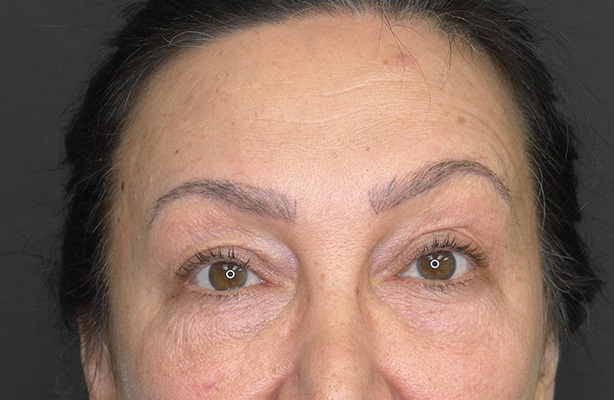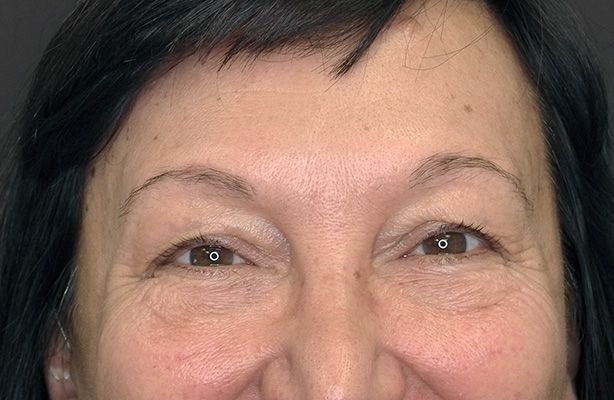What is plasma?
Plasma is the fourth state of matter.
To put it simply, plasma is an ionized gas. Plasma carries electrical currents and generates magnetic fields. Plasma is the most common form of matter, comprising more than 99% of the visible universe.
What is PLEXR®?
Plasma skin regeneration (PSR) is a novel method of resurfacing that uses plasma energy to create a thermal effect on the skin. PSR is different from lasers, light sources, and ablative lasers in that it is not chromophore dependent and does not vaporize tissue, but leaves a layer of intact, desiccated epidermis that acts as a natural biologic dressing and promotes wound healing and rapid recovery. Histological studies performed on plasma resurfacing patients have confirmed continued collagen production, reduction of elastosis, and progressive skin rejuvenation beyond 1 year after treatment.
What treatments can Plasma perform?
PLEXR® Plus (or plasma soft surgery) can be safely used as a non-surgical treatment to lift the eyes (blepharoplasty), by treating the skin laxity. It is also used to improve scars, treat moles, skin tags and other unwanted superficial skin legions. Unlike surgical treatments for these problems, PLEXR Plus does not require general anesthesia and the recovery time is much shorter compared to a traditional surgical procedure.
The treatment is performed with topical anesthesia (no needles) and can be used for numerous aesthetic concerns.
How does the PLEXR ®Plus work?
The treatment uses plasma – the fourth state of matter after solid, liquid and gas and is performed using a wireless handheld device which is manufactured in Italy.
The PLEXR ®Plus Soft Surgery device has been used and licenced in several countries worldwide over the last 10 years.
It is the first fully licensed plasma technology to be introduced in Canada.
Videos
Warning: This video is published for information purposes only, to provide information on the nature of the procedure. It in no way constitutes a guarantee of results.
How does It differ from other ablative technologies?
This system works by sublimating only the superficial layers of the skin to generate new skin on the epidermal layer.
With this system, skin is actually removed, so the effects will be comparable to and last as if they would be with invasive surgery. Tissue retraction and tightening also occurs because of the treatment.
Unlike other more aggressive systems that target deeper layers of the skin, plasma only sublimates the superficial layer of. The skin, allowing the result too to have little risk of scaring.
The precise nature of this technology enables practitioners to treat the eyelid (blepharoplasty), an area which normally cannot always be easily treated with equipment such as radio frequency or lasers. The system also offers a non-surgical option for facelift and neck lift treatments.
How does the PLEXR® plusnon-surgical Blepharoplasty work?
The PLEXR® plus non-surgical blepharoplasty treatment works by forming plasma in the space between the tip of the device and the skin. This tiny arc of plasma triggers a process called sublimation – the process of turning a solid into a gas –causing the fibres of the skin to shrink, contract and tighten. This tightening of the fibres lessens the surface area of the skin, creating an improvement in the appearance of drooping or sagging skin on the eyelids. Because of the precise nature of PLEXR and the use of plasma, heat is very accurately directed, and doesn’t transfer to the surrounding tissues, making it a safe and comfortable treatment.
The results of PLEXR® plasma treatment are instant, and the resultant tissue retraction and tightening (as opposed to removal) gives results that are comparable to the ones seen with invasive surgery, without the risk of anaesthesia, scalpels or downtime traditional blepharoplasty carries.
PLEXR plasma technology has been used worldwide for several years with no significant adverse events.
What are the benefits of Plasma Therapy?
Benefits of PLEXR®
- Absence of risks and permanent side effects
- Very little perceived pain: 30 minutes before treatment a local anesthetic cream is applies
- Rapid recovery time
- Lower costs compared to traditional surgery
What does PLEXR® treat?
Since the PLEXR® device uses small single use tips, the device is ideal for small, delicate areas such as the eyelids which is the thinnest skin on the body.
The system can also be used as a skin tightening method on other areas of the body, including acne scars, mole removal and removal of various skin lesions.
Treatment Applications
- Skin Laxity
- Wrinkles and rhytides
- Benign skin lesions
- Acne scarring
- Non-surgical Blepharoplasty
How long is the treatment?
The duration of the treatment varies depending on the type of procedure performed, Typically the time required for non-surgical blepharoplasty is about 30-45 minutes.
The topical anaesthesia needs to be applied for up to 1 hour prior to the treatment.
Other treatments, such as the removal of a seborrheic keratosis, require only a few minutes.
How many treatments are required?
The results are immediately visible and absolutely lasting over time. For some types of treatment, more than one session may be necessary to maximize the effectiveness of the result.
Does the treatment hurt?
The treatment is practically painless, but if the patient is particularly sensitive, a small amount of anesthetic cream can be applied to the part to be treated 30 minutes before the operation.
Is there downtime with this procedure?
Yes there is.
The typical downtime for facial areas is I week
For body treatments the downtime can be a little longer.
Following your treatment, you will experience swelling and redness, fine grey-brown scales, called “carbon dust”, for 5-7 days. Then the peeling of the skin will occur.
The carbonized skin eventually sloughs off like a thin layer of an onion. The new skin underneath is fresh skin that needs to be protected from sunlight for a few weeks.
The patient will be given creams and asked to use sunscreen to protect the skin.
What are the contraindications?
- Pregnacy and nursing
- Active infections
- Cancer – active treatment
Who is a good candidate for this treatment?
Any person with the desire to improve areas of skin laxity in the face or body is a good candidate for this treatment.
The ideal candidate is someone who does not want surgery and is not ready for surgery.
The results speak for themselves!
Before and after gallery
Warning: These photos are published for information purposes only to provide information on the nature of the intervention. They do not constitute any guarantee of results.
